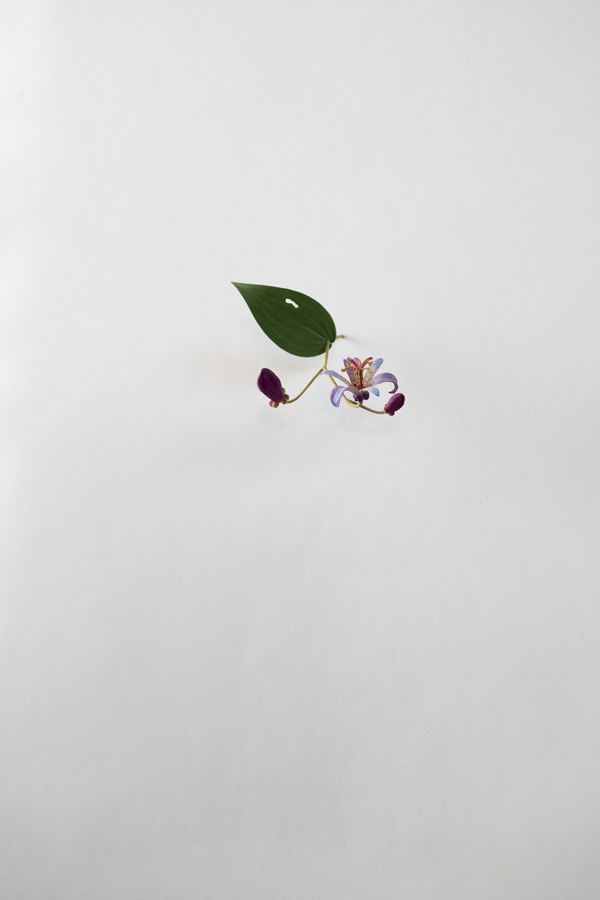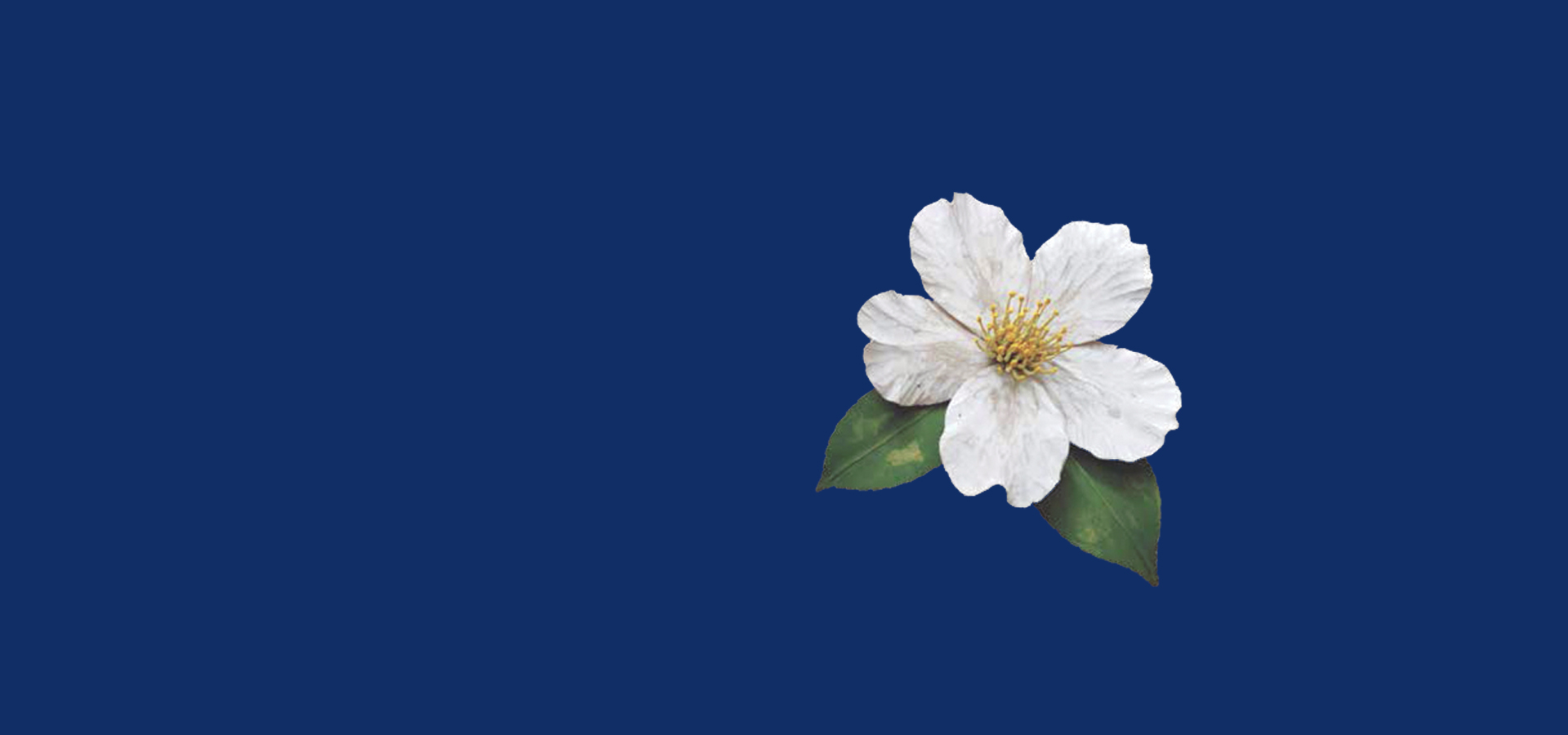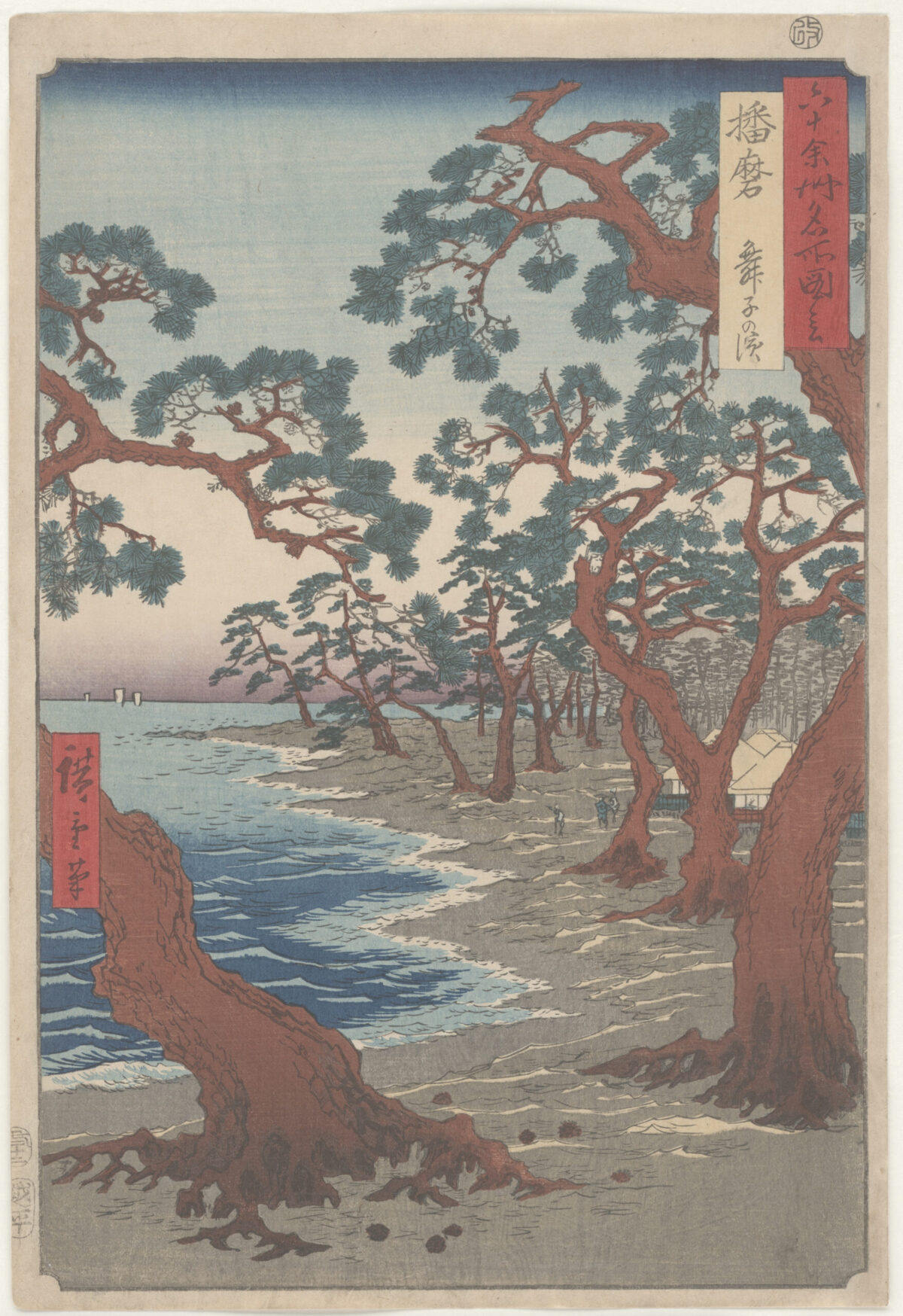The Exhibition
Japanese woodcuts of the 18th and 19th centuries influenced European modernism more than any other artworks from Asia. The term “ukiyo-e” associated with them designates “images of the floating world”, which were produced skillfully and in large numbers in Japan and laterreached other parts of the world. From the French Impressionists to the members of the Blue Rider group, Western artists found ever new inspiration in Japanese woodcuts. To this day, these works enchant us with their tonal, formal, and technical virtuosity. In 2020/21 the Staatliche Graphische Sammlung München received a donation of approximately 250 prints, among them works by some of the great masters of the Japanese woodcut like Hokusai (1760–1849) and Hiroshige (1797–1858), which ingeniously complement our holdings in European art.
For the exhibition Yoshihiro Suda – Garten Eden we invited Japanese sculptor Yoshihiro Suda (*1969) to share with us his view on our collections of Japanese and European art.
To this day, the Garden of Eden (Garten Eden) evokes the idea of a paradisiacal place where we all long to go and where man lives in harmony with untouched and primeval nature. In modernist art this utopia took on shape in a variety of phantasies of nature. Conceived as alternatives to everyday life they constituted a reaction to a flood of social changes and upheavals. It was artists who countered these disruptions with fanciful landscapes and offered a projection screen for a variety of dispositions and longings. Selected from our collection of modernist art a group of landscapes mirroring such inner states reflects the wide spectrum covered. Yoshihiro Suda juxtaposes these masterful works with his minimalist nature capriccios that he made especially for this show. His sculptures invite us to look, compare and to think in new ways about the depiction of nature.
The attraction of Yoshihiro Suda’s works in public spaces lies in the fact that they are easily overlooked. His works invite us to be mindful in an age of an ever accelerating pace of life. A dry leaf damaged by insects, a wild plant growing from a wall joint, or a single delicate flower may spark admiration in us and remind us of the meaning and value of things. In 1993, at the very beginning of his career, Suda wrote art history with his mobile installation “Ginza Weed Theory”. For this he rented a tiny parking lot for six days in the middle of Tokyo’s glamorous business district Ginza where rents are sky-high. Here he installed a small mobile architectural structure that was lined on the inside with leaf gold. Inside he exhibited a number of naturalistically carved weeds very similar to those that grew along surrounding streets. In a highly reflected gesture, Suda confronted profane weeds, ennobled by an auratic architecture and exuding artistic freedom, with economy-driven lucratively exploitable and overpopulated city districts. Beyond this specific installation, the question remains: What are the spaces available for art as an expression of creativity that is not to be measured in monetary terms?

Japanische Krötenlilie (Tricyrtis hirta), 2025,
Holz, bemalt
© Courtesy Yoshihiro Suda und LOOCK, Berlin
With his minimalist spatial installations Suda gently explores the atmosphere of the respective location. His barely visible sculptures populate them, so to speak, without ever taking over. Rather, they seem like fleeting impressions of nature that, as though coming from nowhere, seem lost outside their natural habitat and inside the museum galleries. On closer consideration it is all the more impressive how the artist succeeds in capturing with their unobtrusive presence the genius loci of a space and to question it. The space itself becomes part of the artist’s intervention. With his conceptual work, Suda touches an existential nerve in us – our being with and in nature. This explains why his exquisite sculptures make an impact even though they are so delicate. In their naturalness they seem to invade as a matter of course our highly technical world. Their mere presence poses questions and confronts us with the emotional knowledge of lived experiences in nature stored in our memory. Unexpectedly this consciousness shifts to the center of our attention.
Very considerately Yoshihiro Suda bridges with this surprising kind of presentation art from different aesthetic worlds and renews for our present the idea of cultural transfer. From this artist-curator collaboration originates a very stimulating and remarkable, a truly utopian show, which reminds us what it is to look and wonder.
Planning your visit
Today closed
Daily 10.00 – 18.00
Thursday 10.00 – 20.00
Monday closed
Barer Straße 40
80333 München



